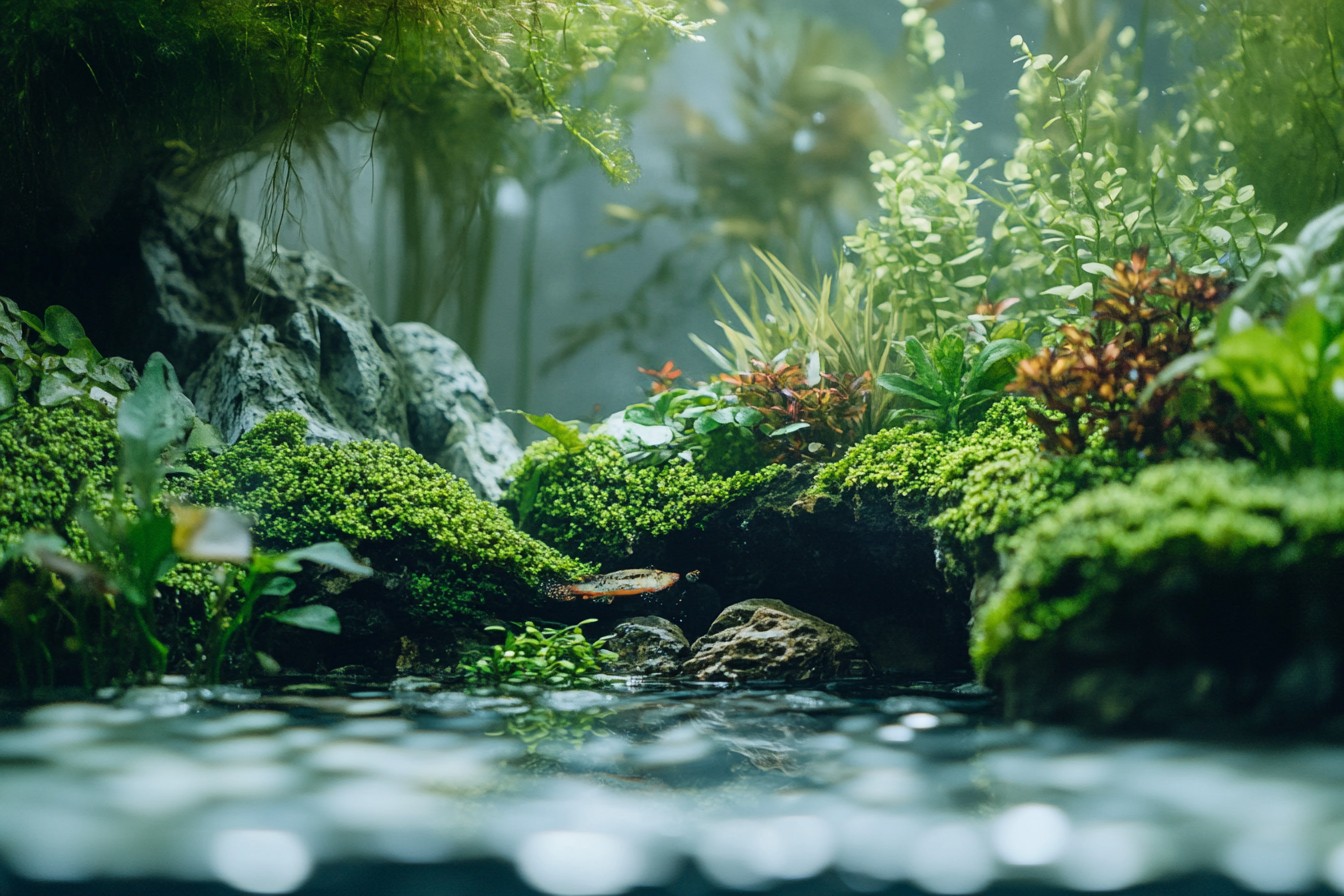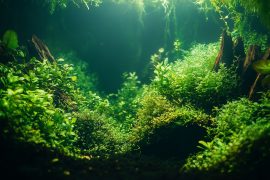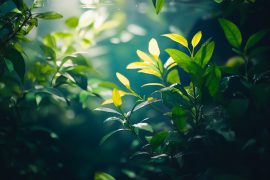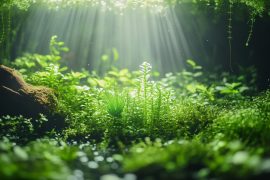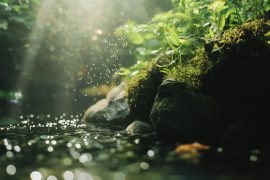It is mesmerizing how each aquascape is unique and intricately crafted. An aquascape tells the story of an entire ecosystem while simultaneously being a world unto itself, composed of nothing but water, plants and rocks. For years, I attempted to create tanks that contained all the elements, but they were somehow lacking the depth of character which aquascapes capture so effortlessly.
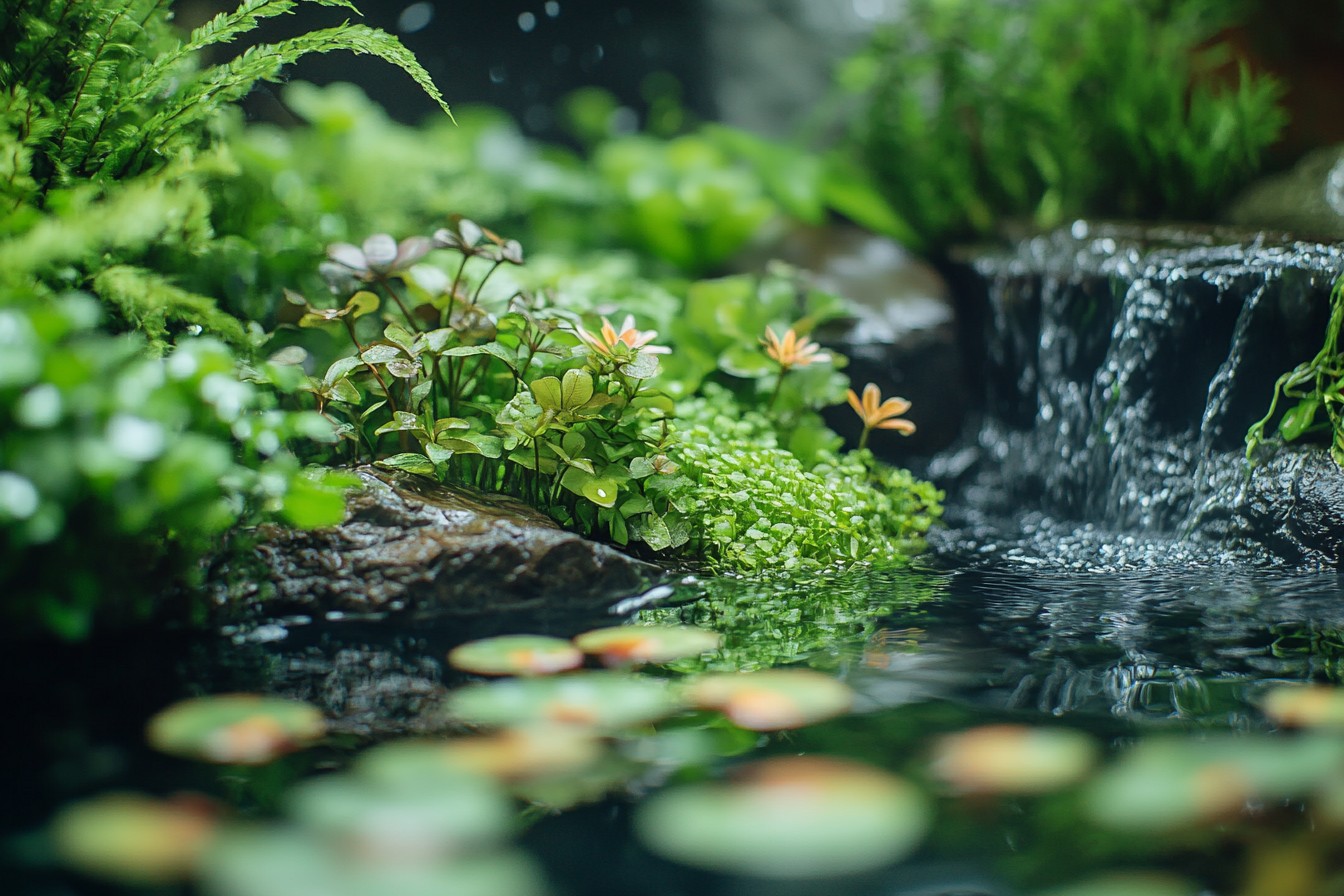
I quickly realised that I had overlooked the fundamental principles of design. My collection of elements was simply that – a collection. Everything started changing after a humbling experience at an international aquascaping competition in Singapore. In my mind, every aspect of my creation was flawless. To me, my masterpiece had perfect water parameters, healthy inhabitants, and flawless plant growth.
Much to my surprise, the judges did not spare it a second glance. At the competition, one of the judges approached me and pityingly explained why they ignored my tank: the execution was done well, but the design was lacking a focal point, plot, movement, and story. He said, “Your tank is like a sentence with perfect grammar but nothing to say.” To me, that simple yet elegant verbal blow was the most terrifying experience of my life.
That talk altered the manner in which I approach aquascaping. Rather than approaching it from a technical standpoint, I shifted my perspective to that of an artist. And guess what?

Basic principles are not rocket science; they are only not explained in the usual aquarium forums where equipment details and fertilizer dosing is superfluously talked about. It lies in the ruptured piece of good aquascape design which is taken from landscape gardening, which is the rule of thirds. In your mind, picture your tank divided into nine equal sections like this (3 by 3).
The highlighted points are also the places where these lines intersect, and they are perfect for focal points. Key elements, like a distinctive stone, striking piece of driftwood, or some uncommon plant, would need to be placed هناك ll eb ,undae these, and your layout becomes much more balanced and appealing. reI remember design a client’s tank that aesthetic yet chaotic blended beautifully, but the components inside felt basic with no soul.
With a simple adjustment of positioning the main driftwood piece to the right vertical third, the entire composition became less random and more cohesive. It seemed to give purpose rather than structure and chaos. As he said, “It finally looks like it’s supposed to be that way instead of just stuff I threw in there.” Exactly. Was that the golden ratio?
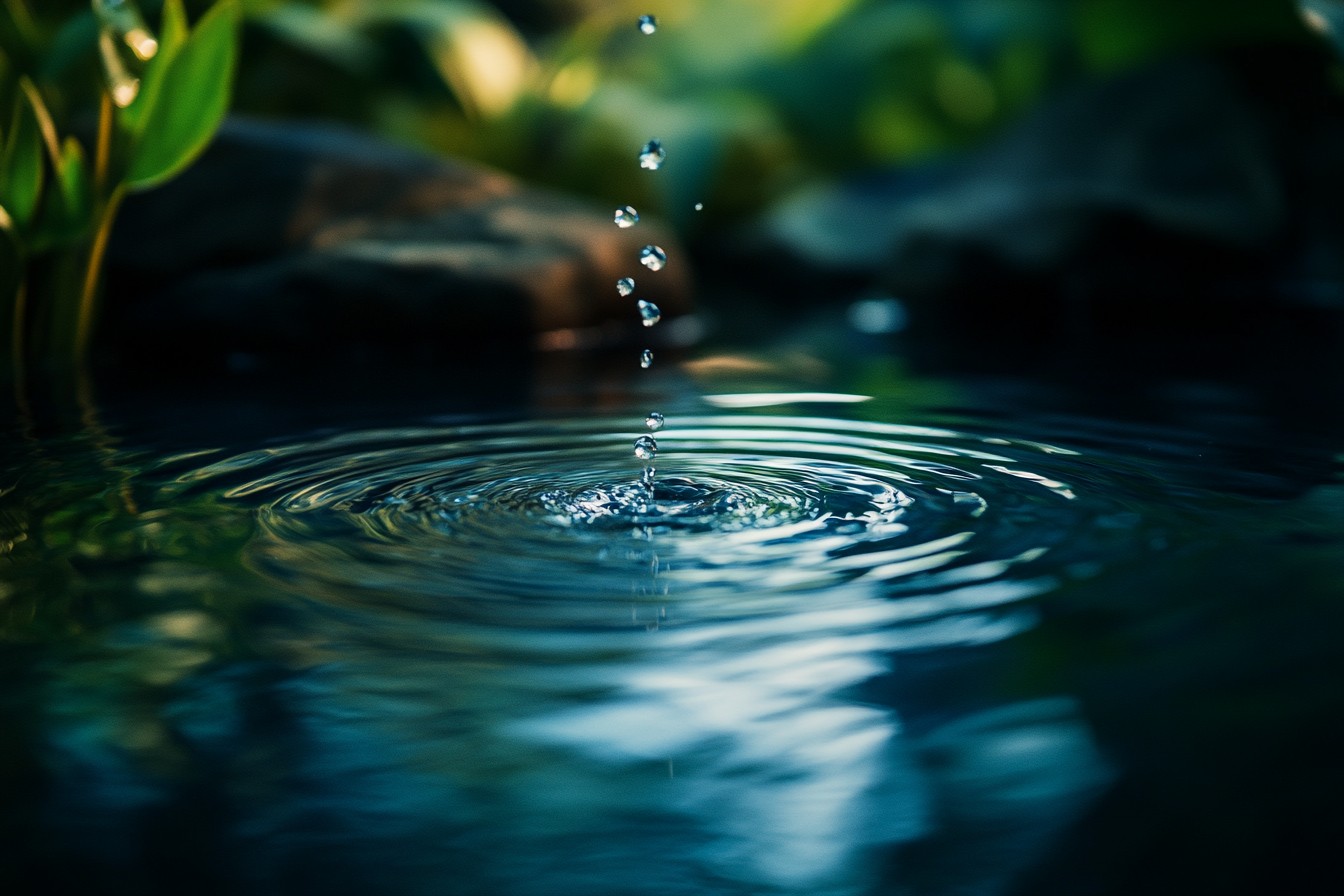
Fibonacci sequence? Sure, I’ve used everything. While they’re exceptionally useful in photography and painting, the confines of an aquarium doesn’t allow for much creativity. In this case, the rule of thirds is the simplest, yet equally effective form.
This isn’t calculus. There’s no need to over complicate creating something beautiful. A neat focal point – something amazing to draw the eye. A dramatic rock formation, bold plant cluster, or driftwood carefully positioned adds the subtle touch that every compelling aquascape needs.
Viewers have no satisfying experience without needing a focal point. Focusing on a strong focal point, however, allows the viewer to have a starting position to explore the rest of the composition. My home office tank uses a distinctive piece of spider wood that twists from the substrate and branches out near the surface, giving the tank a captivating touch.
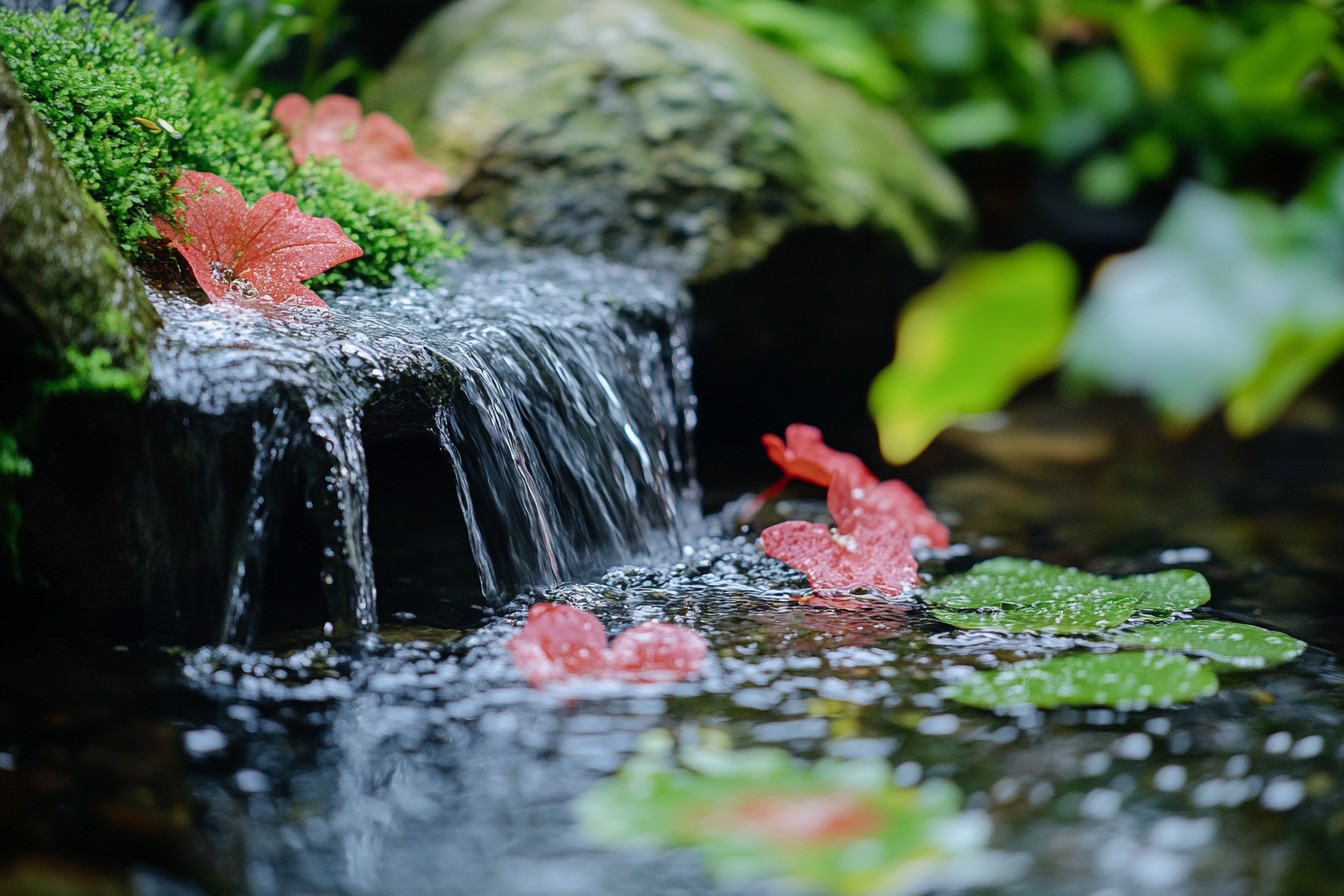
It is impossible not to appreciate its immediate majesty first, as well as its bewildering limbs, before observing the numerous details that surround it and have been meticulously placed. This journey is conspicuously curated; as people have navigational maps forged during exploration, not merely viewing their surroundings. With increasing dimensions of the tank, the proportional relationship between parts requires greater attention.
I understood this with what seems like the simple escalation from standard home aquariums to commecial designs. Elements which looked appropriately placed in a 300 gallon tank were deemed as miniature decor in a 40 gallon. Now, I maintain a personal log of proportions; knowing, for that matter, that roughly a third of the height of the tank will yield me proper proportions in rock work.
There was a time, approximately three years ago, where I had been focusing on a leviathan 500-gallon peninsula tank meant for a restaurant. The hardscape I constructed seemed striking back in my home aquarium, but was laughably diminutive in this behemoth. I used garnish pieces of lava rock that were thrice the amount of my initial selection, and the outcome altered my perspective; now, despite using smaller tanks, the impact when scaling my pieces becomes paramount.
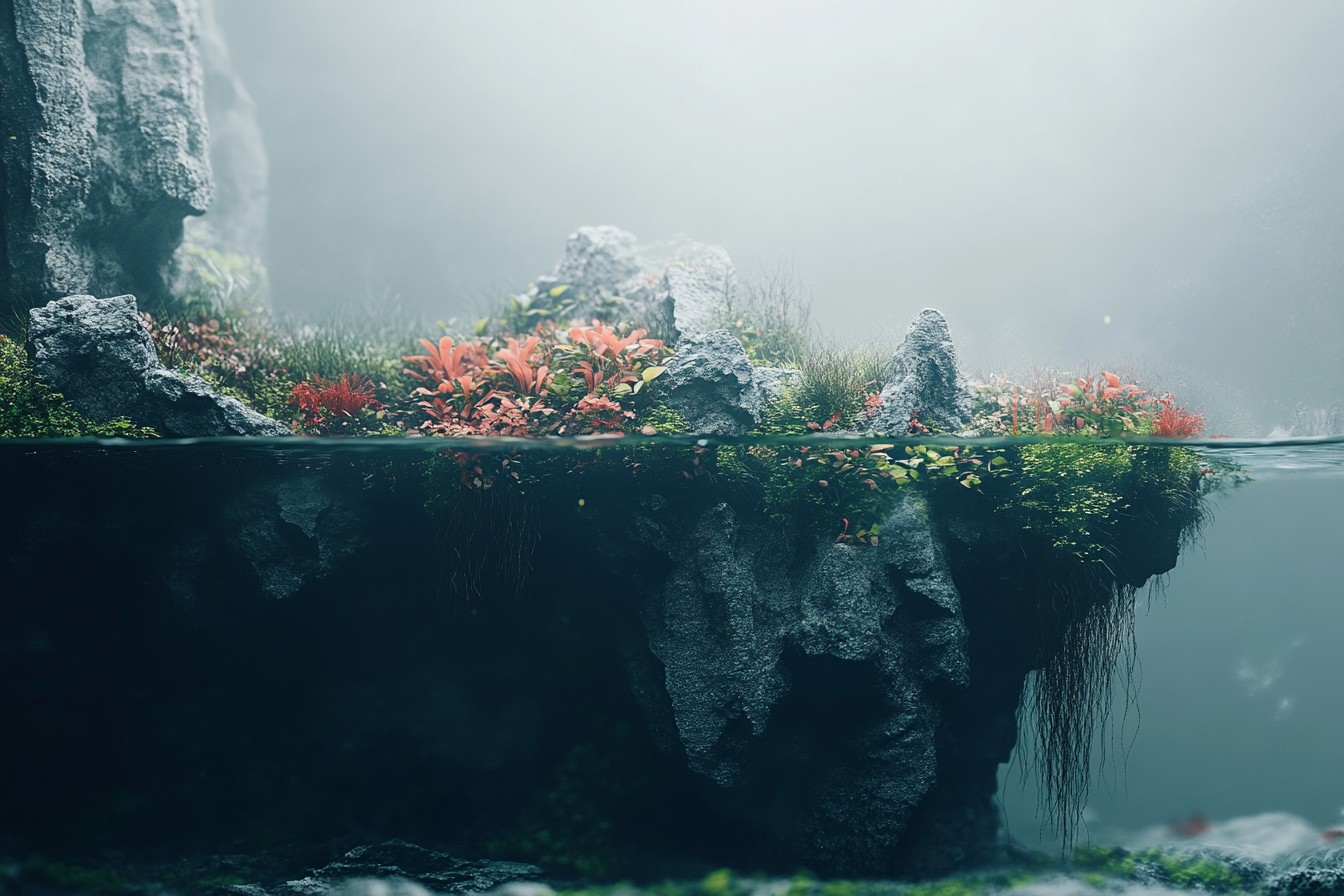
Having fewer larger statement pieces makes a much stronger impression than a bunch of smaller pieces that bring visual noise. Negative space—which in this case is the unoccupied areas in your aquascape—is perhaps the most ignored design feature. When I began my career, I tried to place something interesting in every single inch of space available.
As expected, the results were tiring, both mentally and visually. Now I try to maintain sculptural simplicity, leaving negative space to rest the viewer’s gaze so the more heavily emphasized focal points are accentuated to a much greater extent. At home, I have a minimalist iwagumi setup with three stones arranged in a triangle, a lush carpet of dwarf hairgrass, and a school of green neon tetras.
The mental balance makes the wide open swimming corridors among the stones visually soothing and serene in a way that a more decorated tank simply could not achieve. It’s not uncommon for visitors to comment on the sense of tranquility, which is precisely the reaction I tried to evoke. Colour theory is essential in aquascapes, yet it remains overlooked in standard aquarium literature.
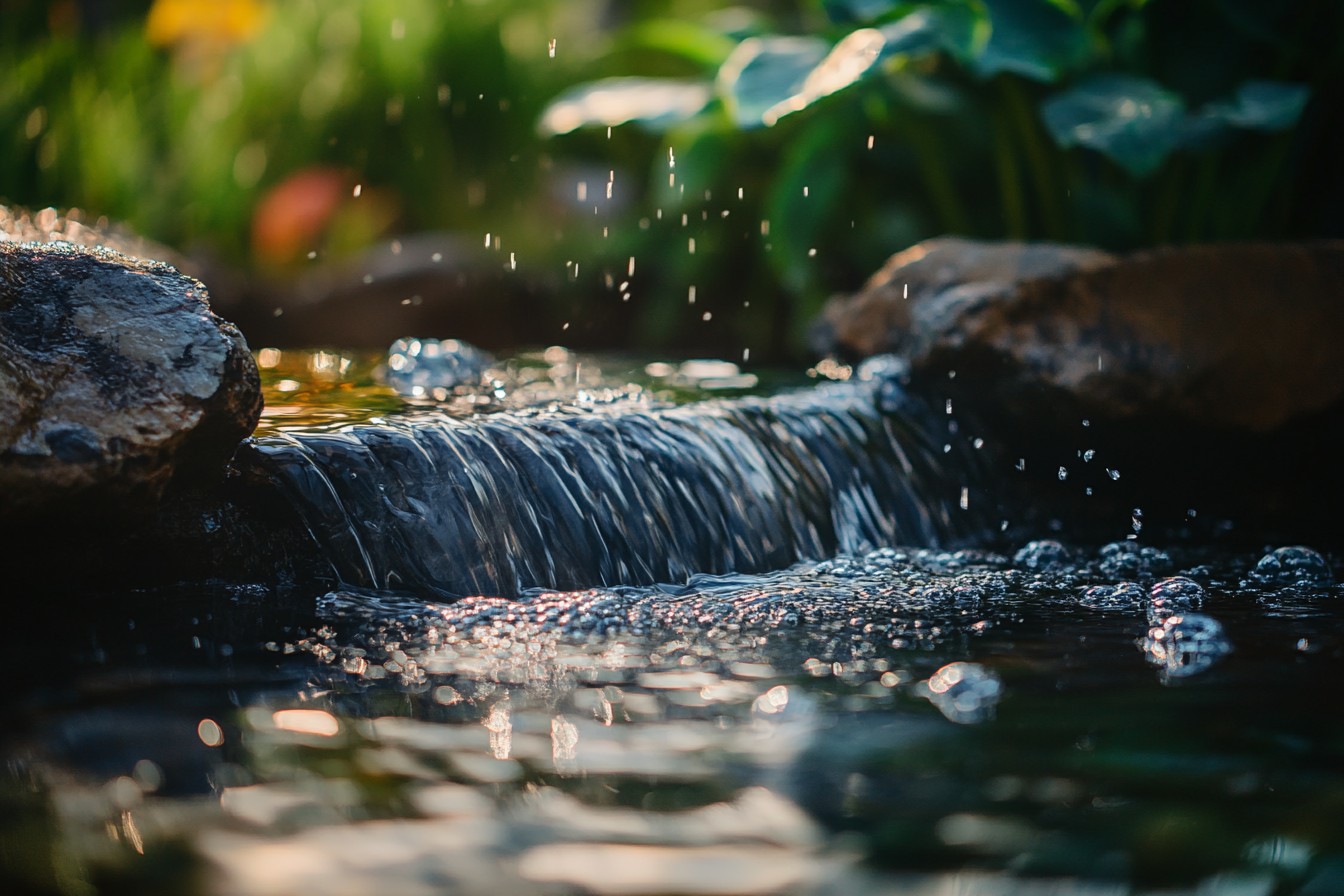
Complementary colors (those that are opposite each other on the wheel) create powerful and energetic compositions. Identical colors create a peaceful, relaxing effect for anyone viewing the artwork. Sometimes I sketch the tank with colored pencils before purchasing a single plant, as I mix these relationships while planning my plant selections.
For a client that wanted an energetic attention-grabbing display, I designed a tank with red and green plants (complementary) last year. When people walk into that room, the impact visually is astonishing. This is effortless due to how those colors work together. My bedroom tank is adorned in greens and blues (calming effects) to evoke relaxation, as the goal is to find tranquil energy.
Us aquascapers tend to have the most trouble with a standard aquarium that rarely exceeds 24 inches in depth. This either creates a challenge for depth perception or requires spatial alterations. I make attempts to enhance depth using techniques such as putting smaller-leafed species towards the back and larger-leafed ones at the front, creating layers that obscure what’s behind them to suggest distance, and using hardscapes that draw the gaze from front to back. My 90-gallon peninsula tank is a prime example as it uses these techniques to appear much deeper than its reality of 18 inches.

Rotala makes up the back corners while the midground is made up of Cryptocoryne, a medium textured plant that fills out the area. Anubias, with its broad holistic leaves sits at the forefront, creating the perfect contrast to the other planted areas. The degree of rotation one stimulates into viewing this aquascape is balanced so that FOV allows many leaves to act as scaling for greater distances from the viewer. In spite of that concept though, eye movement, unlike within an aquascape which relates to swimming fishes, becomes directed towards the way the pieces are structured.
When I group plants or arrange stones, the strong lines created can capture attention and direct it into specific pathways. In my work, I usually employ driftwood branches that are sweeping upward and outward. This movement makes the eye travel naturally from the substrate to surface. Tension, or the carefully balanced interplay of opposing elements, creates interest that my landscaping design could benefit on has changed my view of hardscaping.
Letting go of the idealistic perspective of design helps foster creativity. For example: Stems that extend in different directions create energy that perfectly aligned pieces lack. In my experience, one of the best designs achieved this principle the best: three main stones set to create triangular tension and wood pieces that looked like they were pushing towards each other from opposite ends.
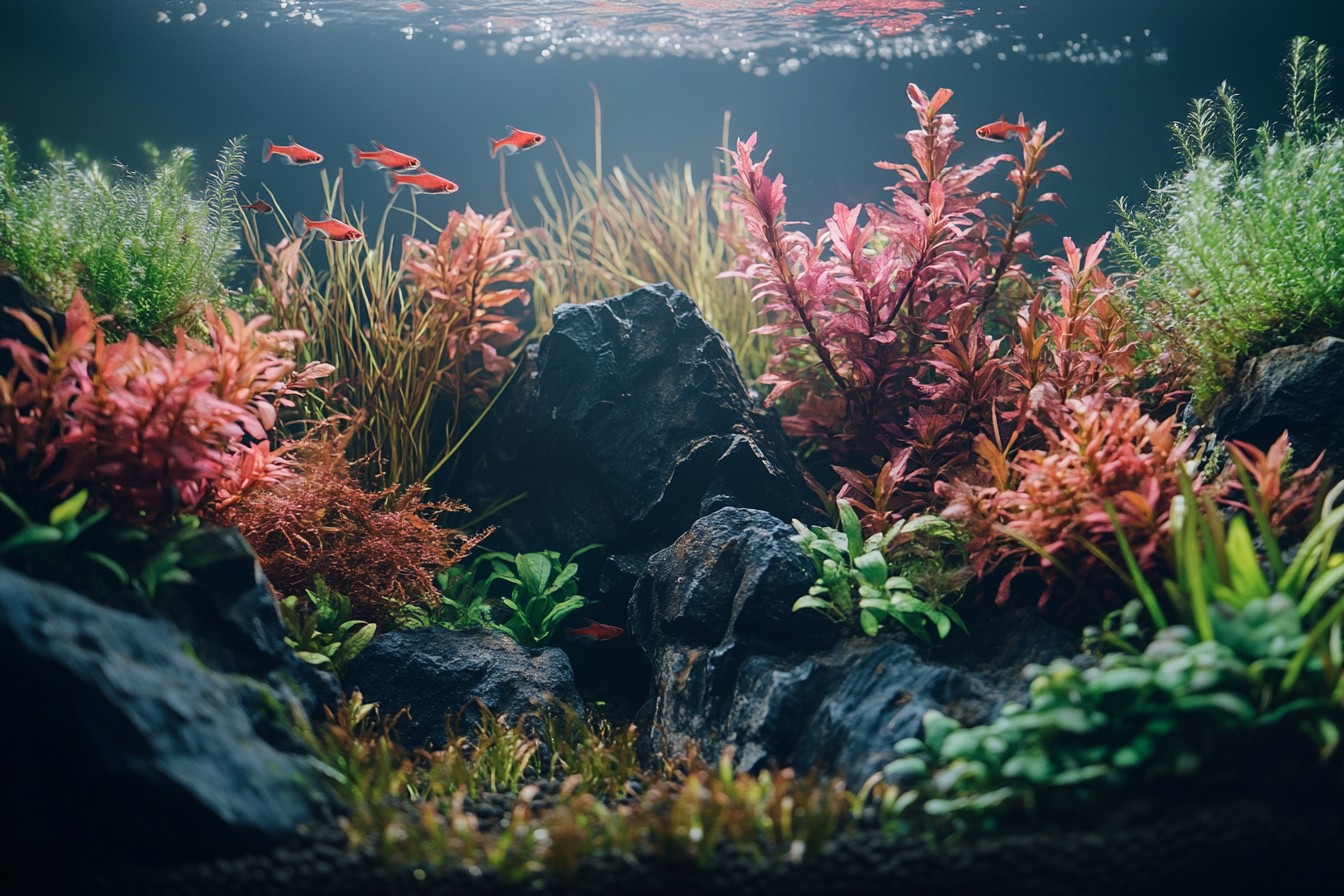
A client once uttered, “alive somehow,” a compliment that good tension achieves. To me, layering is a must in creating naturalistic aquascapes. In essence, elements in nature do not work alone. Rather, they overlap, intersect and interact with one another to create an intricate tapestry.
A design incorporates three layers for me: the hardscape base, mid-layer plant groupings, and visual accents, which create a rhythm within the design. All layers mentioned need to coexist more fluidly rather than feeling artificially separated in their interactions, and achieving these relationships was not just through studying aquascapes but also through terrestrial landscapes.
Mountain forests also illustrate several relationships including: logs covered with moss and ferns, boulders carving out parcels of land for vegetation, and the general arrangement of plants from ground level to tree canopy. I would like to create these relationships on a smaller scale. The term borrowed scenery comes from Japanese gardens and refers to using features beyond a garden’s borders to enrich what is inside.
In aquascaping this is considering how the environment around the tank will be reflected in the glass, the way outside lighting will impact viewability, or the tank’s colors and furnishings in relation to the room’s palette. In one instance, I moved an entire tank setup because of how the client’s cherry wood cabinets also cast warm light into the water. Seeing the evolution of my designs, I realize my earliest tank designs were essentially underwater gardens: aquatically sound, but devoid of artistic flair.
In my evolution as a designer, I have come to understand how to sculpt underwater worlds with landscapes that inspire deeply emotional responses and narratives. The difference, in this case, is not about technical skill but the understanding of the basic concepts of design. If you are struggling with the artistic process behind aquascaping, don’t be disheartened.
Start from the beginning by de constructing aquascapes that you admire the most. Where do the focal points lie? How is the rule of thirds applied and blended in?
What gives the illusion of depth and movement? Then, make sure that in your subsequent layout, apply only one or two principles at most in each sequential step. Do not attempt to apply all principles at once—that will result in a failure. Design feel is developed slowly but surely through consistent constructive cultivation.
Do not forget that stunning aquascapes, like any other art, are not made out of sheer luck. They stem from a logical set of designs based on designs that guide shackled passionate creators from ages past. Acquire these basics, and one will put themselves into a position to sculpt underwater worlds not just for fishes to be put into, but one that they perceive as dreamlike realms.
